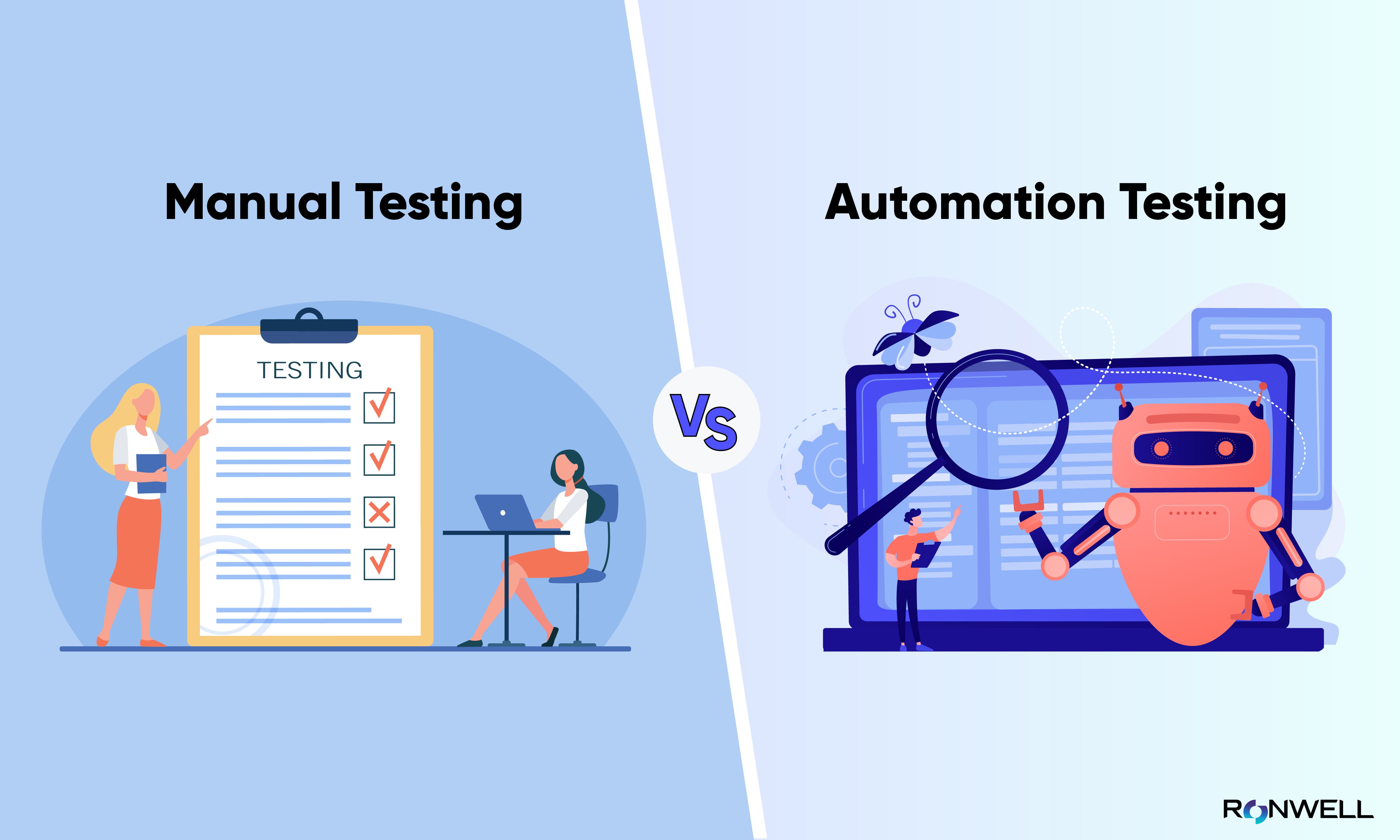Automation Testing Techniques: Finest Practices for Seamless Combination
Automation Testing Techniques: Finest Practices for Seamless Combination
Blog Article
Guaranteeing Success in Automation Examining: Key Metrics, Obstacles, and Solutions Every QA Team Must Know
In the realm of software application quality control, the landscape of automation screening is ever-evolving, requiring a careful approach to make sure smooth operations. Secret metrics function as the compass guiding QA groups through the vast surface of test automation, losing light on progress and locations for improvement. However, difficulties impend large, commonly casting darkness on the path to success. By understanding these obstacles and applying effective services, QA teams can browse via intricacies with skill. The trip to mastering automation testing is paved with nuances that need an eager eye for surveillance, evaluation, and continuous improvement. automation testing. As the market thrusts onward, the pursuit for optimal performance in automation screening continues to be a constant pursuit, urging QA teams to equip themselves with the knowledge and strategies vital for victory.
Value of Trick Metrics
Understanding the value of key metrics is essential for examining the efficiency and effectiveness of automation screening processes. Secret metrics act as measurable procedures that offer valuable understandings into numerous elements of the testing procedure, such as test insurance coverage, test implementation time, flaw density, and examination instance effectiveness. By analyzing these metrics, QA groups can identify traffic jams, inefficiencies, and locations for enhancement within their automation screening framework.
One crucial facet of essential metrics is their capability to track progress and check the general wellness of the testing procedure (automation testing). They enable stakeholders to make educated choices based on data-driven insights, which can bring about much more reliable testing methods and better resource allowance. Additionally, essential metrics can aid teams set practical goals, gauge the success of automation efforts, and show the ROI of automation screening efforts

Usual Difficulties Encountered
Obstacles commonly experienced in automation testing processes can dramatically influence the overall efficiency and effectiveness of QA teams. Automation testing may not cover all aspects of screening, such as usability and user experience testing, which still require hands-on intervention. Conquering these difficulties needs appropriate preparation, critical test case selection, robust upkeep procedures, adequate sources, and a clear understanding of the constraints of automation screening.
Efficient Solutions for Difficulties
To deal with the barriers run into in automation screening, executing effective solutions is vital for enhancing the performance and efficiency of QA teams. One key remedy is to purchase robust training programs for QA groups to guarantee they have the needed skills to effectively make use of automation tools. Training can bridge expertise spaces, improve understanding of automation structures, and improve scripting capabilities, inevitably causing much more reliable test creation and implementation.
An additional vital remedy is to establish clear interaction channels within the QA group and with other stakeholders, such as programmers and project supervisors. Effective interaction helps in straightening expectations, sharing progression updates, and quickly addressing issues or barricades that may emerge during the automation screening procedure.

Monitoring and Evaluation Methods
Applying effective surveillance and analysis techniques is critical for guaranteeing the success and effectiveness of automation testing procedures. Additionally, evaluating examination outcomes and informative post metrics offers beneficial insights into the top quality of the software application being examined and the effectiveness of the testing method.
One key method in surveillance and analysis is the usage of control panels that settle pertinent metrics and KPIs in a visually easily accessible format. These control panels supply a detailed review of test execution condition, test address insurance coverage, defect patterns, and various other crucial info. Routinely evaluating and examining these control panels can aid QA groups make educated decisions, prioritize tasks, and enhance testing efforts.
Moreover, applying automated alerts and notifications based on predefined limits can boost aggressive surveillance and prompt treatment. By establishing signals for efficiency inconsistencies or examination failings, groups can resolve concerns without delay and stop them from rising. On the whole, surveillance and evaluation methods play a crucial role in ensuring the performance and success of automation screening campaigns.
Constant Enhancement Techniques
Enhancing the effectiveness of automation screening procedures requires the constant refinement of strategies and techniques. Constant improvement methods are pivotal for QA groups to adjust to progressing innovations and deliver high-quality software. One vital technique to improving automation screening procedures is to conduct normal evaluations and retrospectives. By analyzing previous testing cycles, groups can determine bottlenecks, inadequacies, and areas for improvement. Executing feedback loops and incorporating lessons discovered right into future testing structures can yield considerable enhancements with time.

Conclusion
Finally, it is vital for QA teams to recognize the key metrics, challenges, and remedies in automation screening to make certain success. By meticulously keeping an eye on and evaluating information, executing reliable services to usual difficulties, and continually enhancing approaches, QA teams can optimize their More hints screening procedures and provide high-quality software program products. Adhering to these methods will ultimately cause more effective and effective automation screening practices.
By examining these metrics, QA groups can determine traffic jams, inefficiencies, and areas for renovation within their automation testing framework.
Furthermore, vital metrics can help teams established realistic goals, determine the success of automation campaigns, and show the ROI of automation testing efforts.
Difficulties generally encountered in automation testing processes can dramatically impact the overall effectiveness and efficiency of QA groups. Automation screening might not cover all aspects of testing, such as usability and customer experience testing, which still require hands-on intervention.In final thought, it is critical for QA groups to understand the key metrics, challenges, and services in automation testing to make certain success.
Report this page